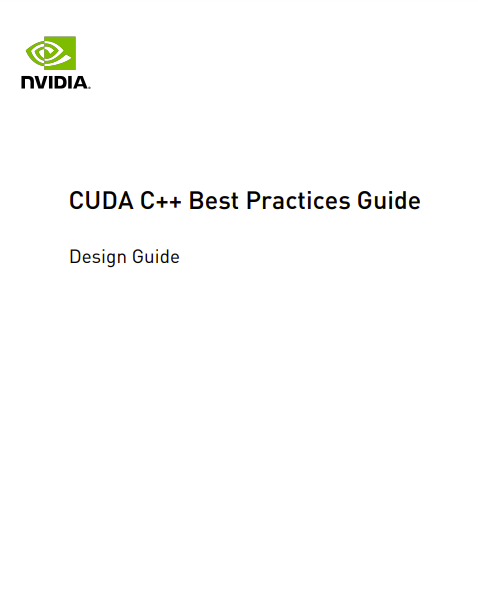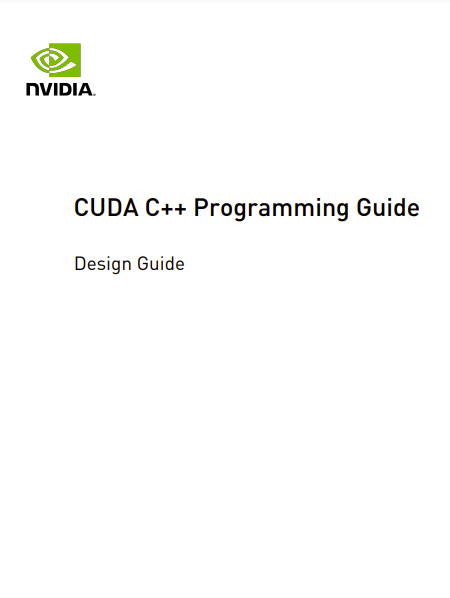This Best Practices Guide is a manual to help developers obtain the best performance from NVIDIA® CUDA® GPUs. It presents established parallelization and optimization techniques and explains coding metaphors and idioms that can greatly simplify programming for CUDAcapable GPU architectures.
While the contents can be used as a reference manual, you should be aware that some topics are revisited in different contexts as various programming and configuration topics are explored. As a result, it is recommended that first-time readers proceed through the guide sequentially. This approach will greatly improve your understanding of effective programming practices and enable you to better use the guide for reference later.
Assess, Parallelize, Optimize, Deploy
This guide introduces the Assess, Parallelize, Optimize, Deploy (APOD) design cycle for applications with the goal of helping application developers to rapidly identify the portions of their code that would most readily benefit from GPU acceleration, rapidly realize that benefit, and begin leveraging the resulting speedups in production as early as possible.
APOD is a cyclical process: initial speedups can be achieved, tested, and deployed with only minimal initial investment of time, at which point the cycle can begin again by identifying further optimization opportunities, seeing additional speedups, and then deploying the even faster versions of the application into production.
Assess
For an existing project, the first step is to assess the application to locate the parts of the code that are responsible for the bulk of the execution time. Armed with this knowledge, the developer can evaluate these bottlenecks for parallelization and start to investigate GPU acceleration.
By understanding the end-user’s requirements and constraints and by applying Amdahl’s and Gustafson’s laws, the developer can determine the upper bound of performance improvement from acceleration of the identified portions of the application.




